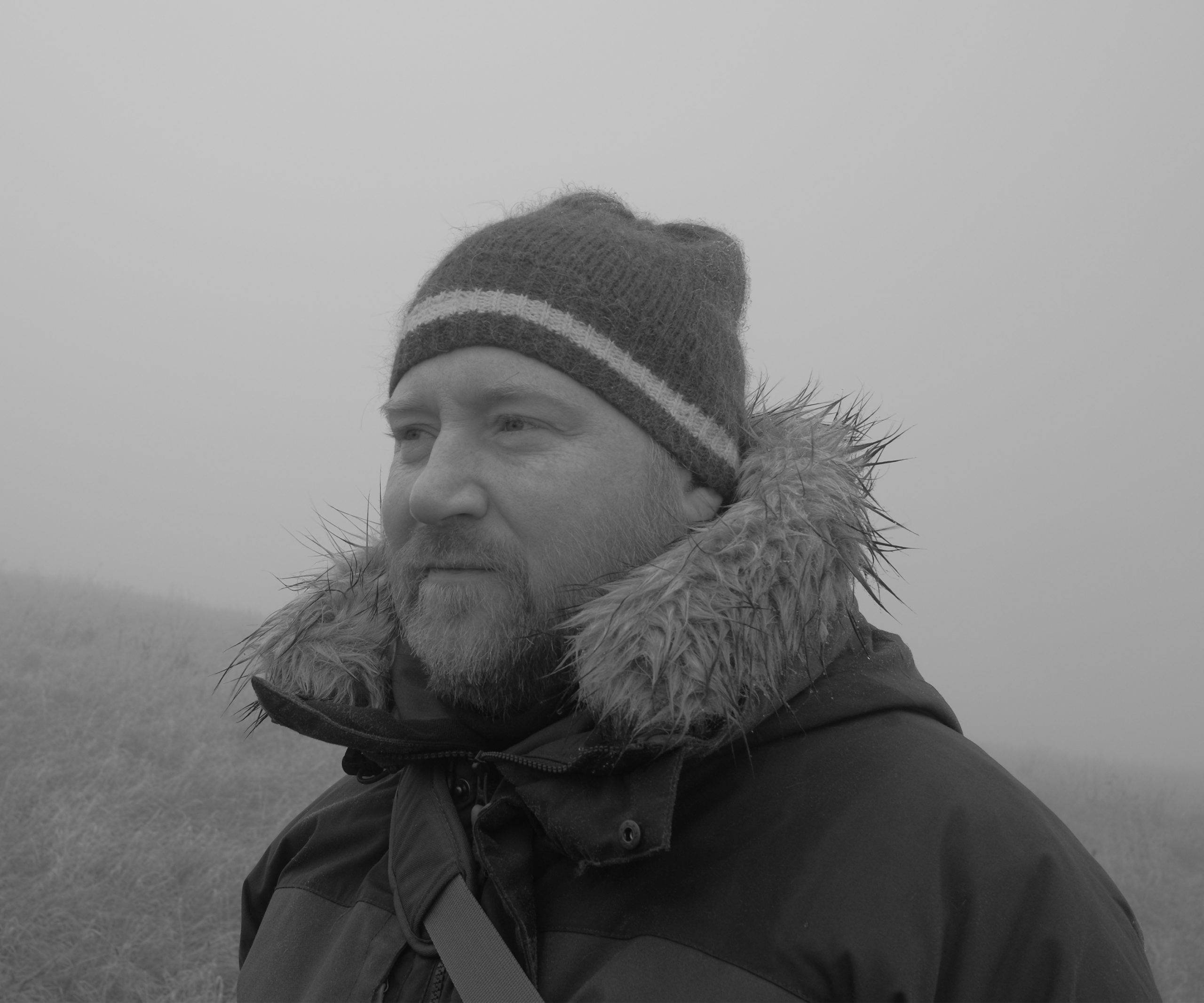Last and First Men is the poetic swansong of composer Jóhann Jóhannsson – a haunting multimedia project that draws from classic cult sci-fi novel and images of mysterious monumental sculpture to form an elegiac meditation on memory and loss. The Icelandic composer was working on the score of his magnum opus at the time of his death in February 2018, distilling and intensifying the symphonic soundworld that he had premiered at Manchester International Festival (MIF) six months earlier. Jóhannsson devised the multimedia work’s visual concept, traveled to the former Yugoslavia to shoot footage of isolated locations and futuristic war memorials, then set about marrying haunting images to music.
The final version of the film, which tells the story of the extinction of humanity, was completed by Norwegian cinematographer Sturla Brandth Grøvlen. It is narrated by Oscar-winning actress Tilda Swinton, and features performances by several of Jóhannsson’s regular musical collaborators, including members of Theatre of Voices, and the Academy Award-winning Hildur Guðnadóttir on vocals, cello and percussion.
Last and First Men receives its world premiere on 25 February at the 2020 Berlinale and the album will be released digitally worldwide by Deutsche Grammophon on 28 February. The single “Childhood / Land Of The Young” is out now to stream.
The project was conceived a decade ago as an idea for a film inspired by Olaf Stapledon’s eponymous science-fiction novel, a chilling “future history” first published in London in 1930 and now a cult classic, and by Antwerp-based photographer Jan Kempenaers’ Spomenik, a collection of mystical images of brutalist war monuments commissioned by Marshal Tito and built on the sites of World War Two massacres and concentration camps in the republics of the former Yugoslavia.
“We wanted to film these sculptures in a formalistic manner to emphasise their strange asymmetrical beauty. We woke every morning at four o’clock to be ready for sunrise and stayed outside filming all day until there was no light. It was one of the happiest experiences in my life, and one of the most gruelling.” (Jóhann Jóhannsson, 1969-2018)
Jóhannsson’s vision evolved into a multimedia artwork shot on high-definition 16mm black-and-white film and accompanied by music of mantra-like intensity. He worked on the project between creating the Oscar-nominated soundtracks for James Marsh’s The Theory of Everything and Denis Villeneuve’s Sicario, before finally drawing together images and music in the summer of 2017 to form the grand movie he’d always dreamed of making.
“I think Last and First Men will live on in many different incarnations. It’s a big ask for people to sit for 70 minutes and look at concrete and hear about the end of humanity, but hopefully we’ve taken all these elements and made something beautiful and poignant. Something like a requiem.”
(Jóhann Jóhannsson in an interview with journalist and author Andrew Male)

After the premiere of the original version at the Bridgewater Hall in Manchester, Berlin-based composer and sound artist Yair Elazar Glotman assisted Jóhannsson with the work of transforming the score. “He said Last and First Men was a work in progress and that he was interested in scaling down the orchestra in order to create a more direct and intimate sound,” recalls Glotman. Following Jóhannsson’s death, he spent almost a year interpreting his friend’s wishes. “I could no longer consult with him, but since we’d collaborated on the project beforehand, I had a map, an idea of where to go.”
That map led Glotman to work with musicians close to Jóhann Jóhannsson and also to incorporate the composer’s treasured harmonium into the work’s final version. “It’s been with his family for three generations and was about to be sent back to Iceland,” he notes. “So my first priority was to make sure we recorded on it before it returned home. That was incredibly emotional. It’s now an integral part of the sound of Last and First Men.”
Learn more about Jóhann Jóhannsson in our retrospective article.
